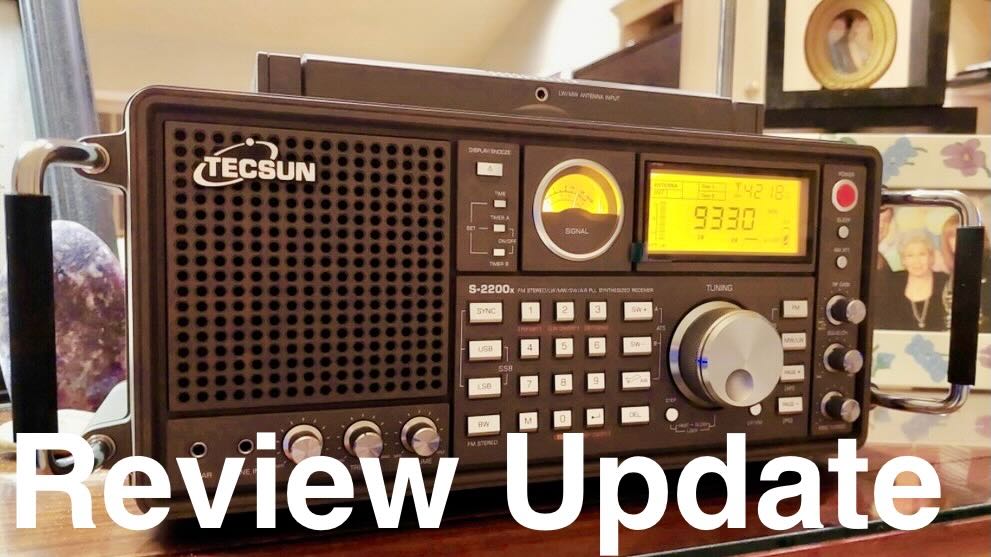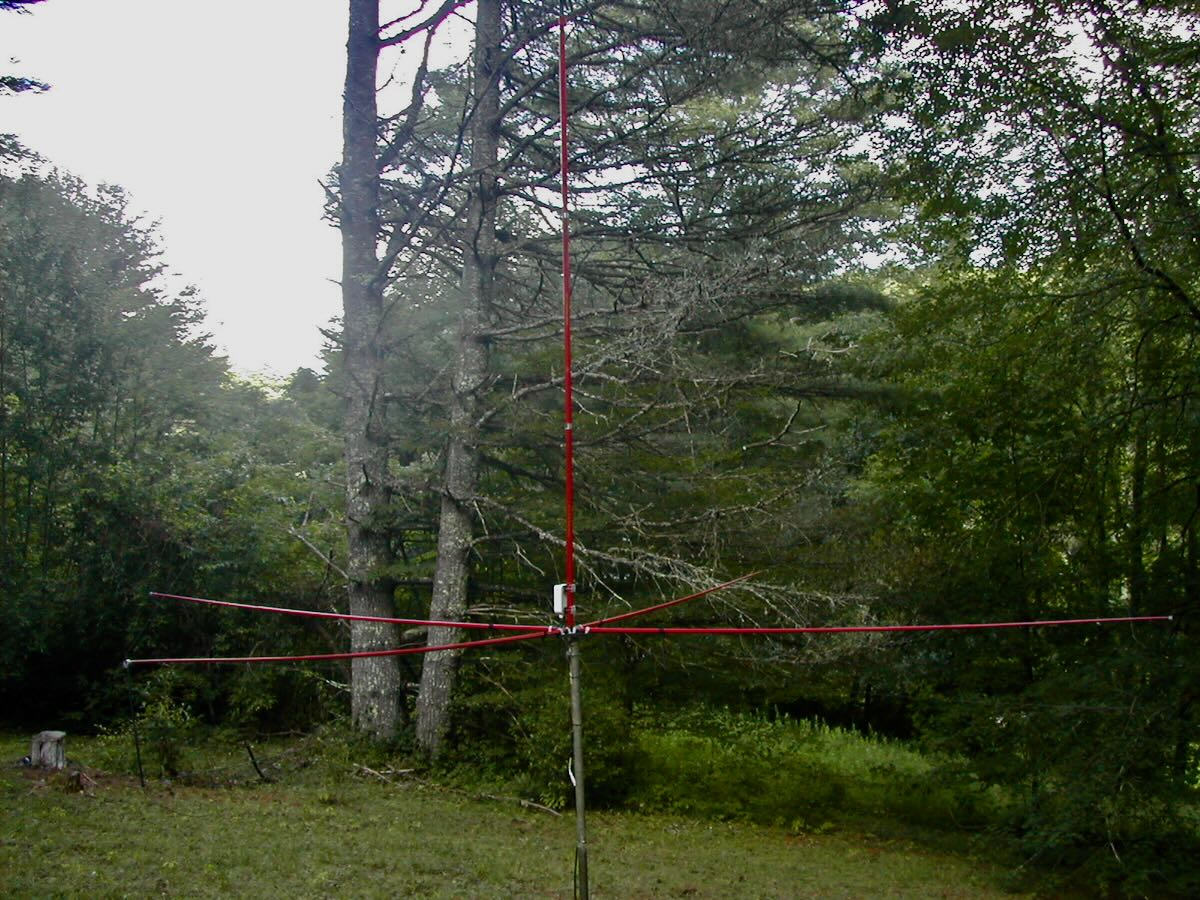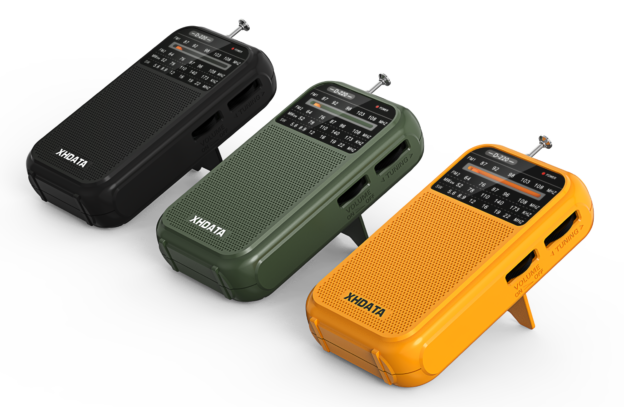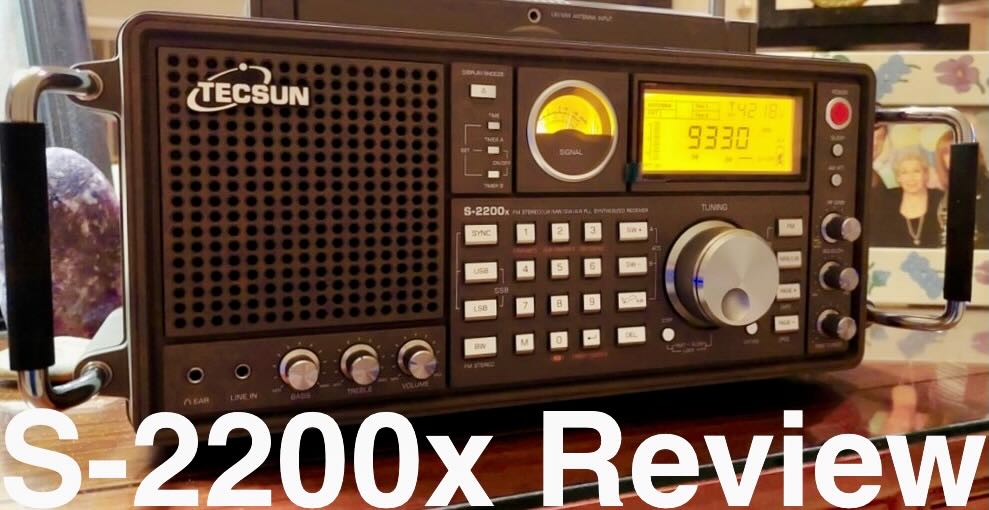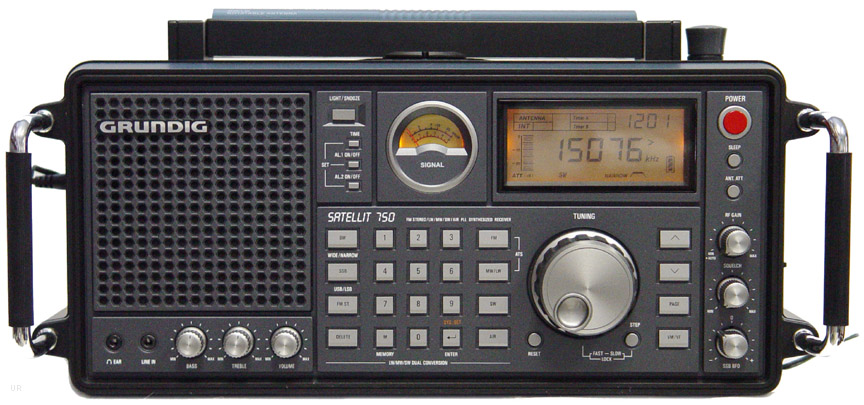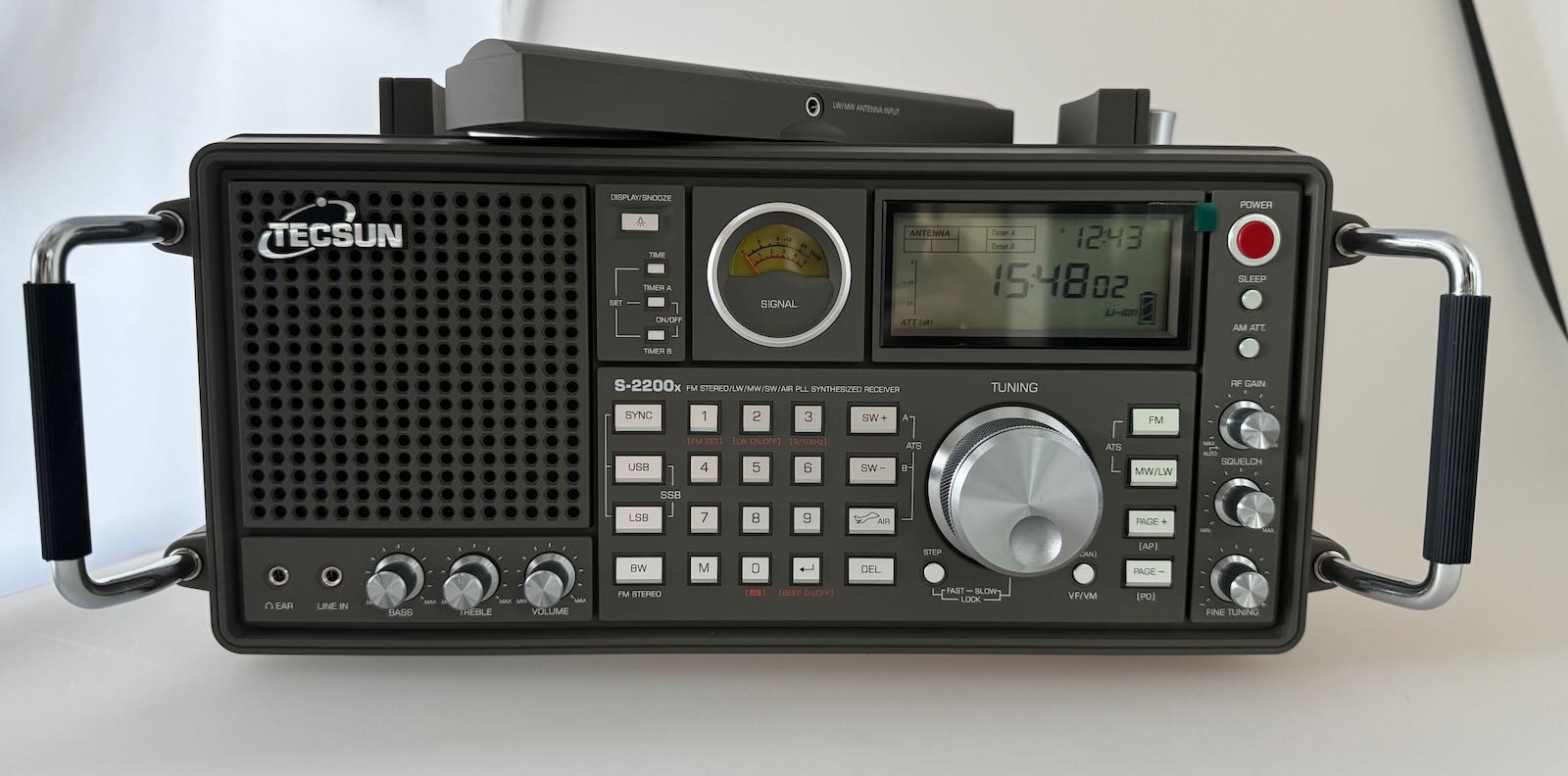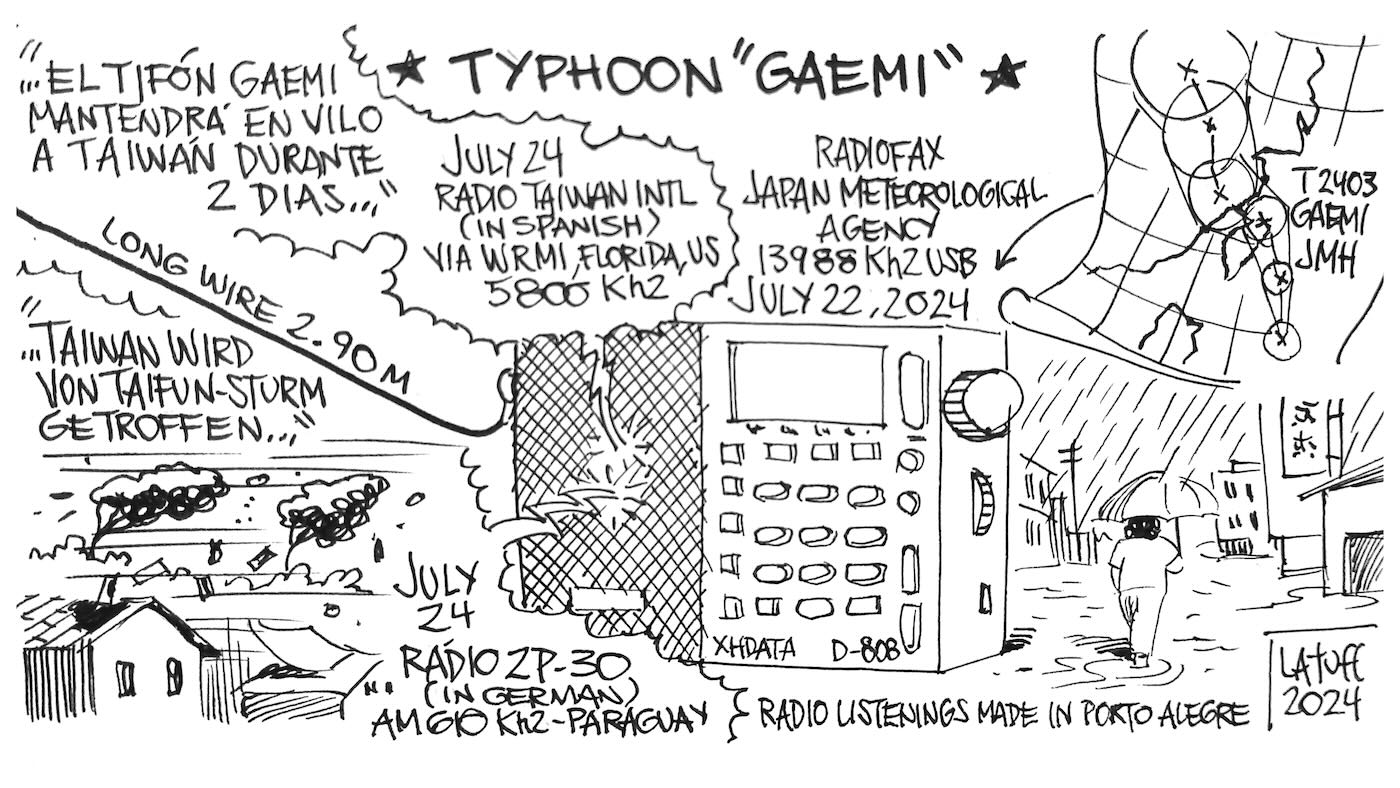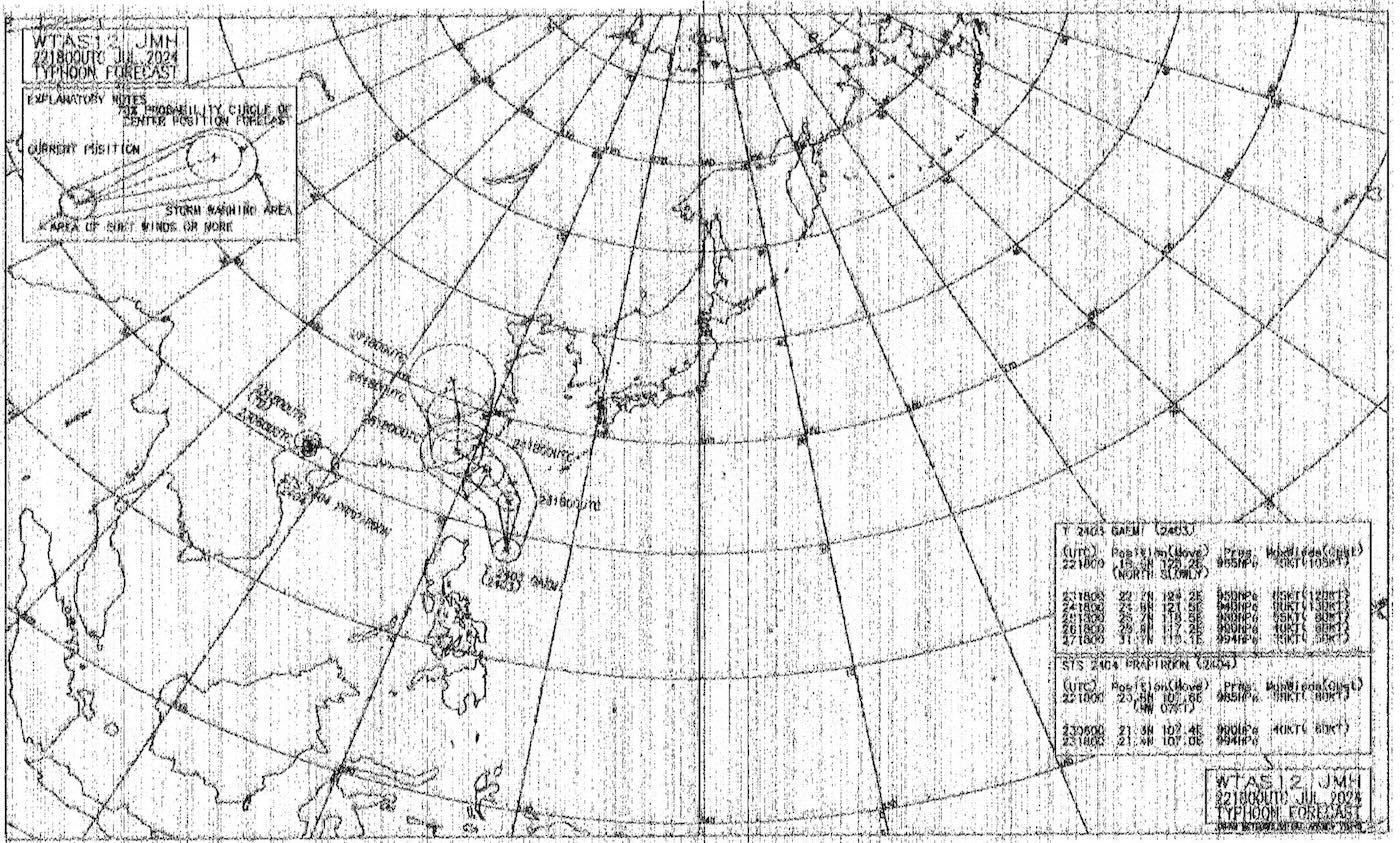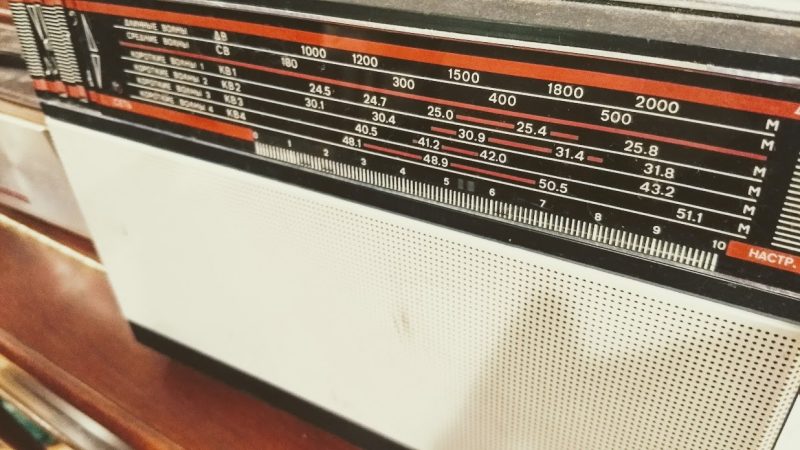Radio Waves: Stories Making Waves in the World of Radio
Welcome to the SWLing Post’s Radio Waves, a collection of links to interesting stories making waves in the world of radio. Enjoy!
Many thanks to SWLing Post contributors Dennis Dura, David Iurescia, and David Snyde for the following tips:
Sonic Bonds: A Journey into Wondrous Radio
This is a new book available on Amazon.com [SWLing Post affiliate link] in both print, audio, and eBook formats. Description:
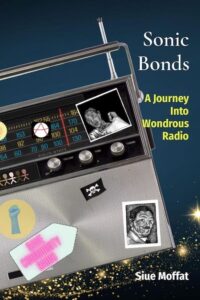 Invisible sonic transmissions are all around, bonding you to other human beings! The world of radio is vast and might surprise you! From hardboiled detectives to pirate broadcasters, Sonic Bonds is a personal book/zine journey that rides the waves from the 1940s to present day, showing just how magical this technology is. Popular music, anarchist DJs, emergency broadcasts, African American history, underground culture, speculative fiction dramas… radio reflects all the things that make us interesting and human.19 black and white illustrations and 8 full colour radio art. Available in paperback, ebook, linked PDF, and audio book form. Audio book is ready by author and contains 32 examples of full vintage radio dramas. Book, linked PDF, and ebook contain professional indexes.
Invisible sonic transmissions are all around, bonding you to other human beings! The world of radio is vast and might surprise you! From hardboiled detectives to pirate broadcasters, Sonic Bonds is a personal book/zine journey that rides the waves from the 1940s to present day, showing just how magical this technology is. Popular music, anarchist DJs, emergency broadcasts, African American history, underground culture, speculative fiction dramas… radio reflects all the things that make us interesting and human.19 black and white illustrations and 8 full colour radio art. Available in paperback, ebook, linked PDF, and audio book form. Audio book is ready by author and contains 32 examples of full vintage radio dramas. Book, linked PDF, and ebook contain professional indexes.
Click here to check it out on Amazon.com [affiliate] and click here for more info from the author’s website.
FCC Hits 13 Landlords in NYC Metro Area With Pirate Letters
Enforcement sweeps allege illegal FM broadcasts within the last year (Radio World)
The FCC Enforcement Bureau’s New York Office has sent 13 different landlords in New York City, Rockland County, N.Y., and northern New Jersey the “pirate letter” after discovering alleged illegal FM broadcasts originating from their properties.
The NYC metropolitan area is notoriously known for pirate operators. Each of the 13 cases outlined below occurred within the last year.
According to FCC Rules, the landlords could face a fine of nearly $2.4 million if the commission determines that an illegal broadcast continued from a property they own or manage after receiving notice. [Continue reading…]
WBCQ: A One-of-a-Kind Shortwave Radio Station (Radio Waves)
A brokered programming business model has kept the station on the air for 26 years
There are all kinds of shortwave radio stations in the world, but WBCQ seems unique.
Allan Weiner at the foot of the rotatable antenna installed in 2018.
Located in Monticello, Maine, WBCQ is an up-to-500,000 watt shortwave powerhouse that covers the world via 7.490 MHz, 9.330 MHz, 5.130 MHz, 3.265 MHz, and 6.160 MHz — depending on the time of day, to maximize signal propagation by bouncing off the ionosphere.
The same rural broadcasting center and antenna/transmitter site is also home to local stations WXME(AM) — carrying talk and rock music on 780 kHz with a translator on 98.3 MHz — and WBCQ(FM), airing classic country on 94.7. [Continue reading…]
75 reasons to celebrate WCPO-TV’s 75th anniversary (WVXU)
From Uncle Al to Al Schottekotte, from Sports of All Sorts to recorded “Scrippscast” newscasts, and from Sherry Hughes and Paul Dixon, WCPO-TV has provided many memorable moments and innovations in Cincinnati TV history since 1949.
Cincinnati’s third television station, WCPO-TV, has many impressive firsts in local TV history dating back to its very first minutes on the air on July 26, 1949.
WCPO-TV debuted at noon on Channel 7 (before the federal government reallocation moved it to Channel 9) with WCPO-AM radio disc jockey Art Jarrett. WLWT-TV — the city’s first TV station then in its 16th month of operation — didn’t air programming until 4 p.m. WKRC-TV, which debuted in April 1949, was dark until 6 p.m.
The station’s official dedication was broadcast at 7:45 p.m. with Gov. Frank Lausche at Crosley Field before Channel 7 broadcast the Reds-Boston Braves game, a simulcast with Waite Hoyt’s radio call on WCPO-AM (now WDBZ-AM, 1230 “The Buzz of Cincinnati”). [Continue reading…]
An Antenna To Throw You For A Loop (Hackaday)
It is one of Murphy’s laws, we think, that you can’t get great things when you need them. Back in the heyday of shortwave broadcasting, any of us would have given a week’s pay for even a low-end receiver today. Digital display? Memory? Digital filtering? These days, you have radios, and they aren’t terribly expensive, but there isn’t much to listen to. Making matters worse, it isn’t easy these days to string wires around in your neighborhood for a variety of reasons. Maybe you don’t have a yard, or you have deed restrictions, or your yard lacks suitable space or locations. This problem is so common that there are a crop of indoor antennas that seem attractive. Since I don’t often tune in shortwave and I don’t want to have to reset my antenna after every storm, I decided to look at the Tecsun AN-48X along with a YouLoop clone from China. Let’s start with the Tecsun. [Continue reading…]
Ask Hackaday: Is Shortwave on Life Support? (Hackaday)
Between World War II and Y2K, shortwave listening was quite an education. With a simple receiver, you could listen to the world. Some of it, of course, was entertainment, and much of it was propaganda of one sort or another. But you could learn a lot. Kids with shortwave radios always did great in geography. Getting the news from a different perspective is often illuminating, too. Learning about other cultures and people in such a direct way is priceless. Getting a QSL card in the mail from a faraway land seemed very exciting back then.
Today, the shortwave landscape is a mere shadow of itself. According to a Wikipedia page, there are 235 active shortwave broadcasters from a list of 414, so nearly half are defunct. Not only are there many “dead” shortwave outlets, but many of the ones that are left are either not aimed at the world market or serve a niche group of listeners. [Continue reading…]
Do you enjoy the SWLing Post?
Please consider supporting us via Patreon or our Coffee Fund!
Your support makes articles like this one possible. Thank you!



